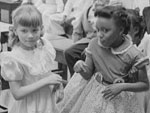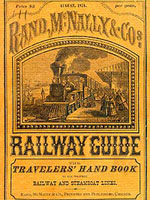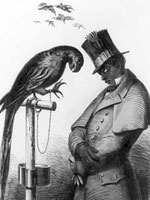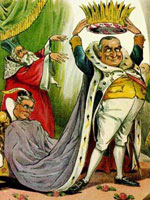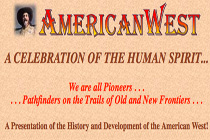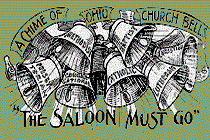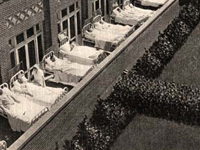This site for educators was produced as an online companion to The Rise and Fall of Jim Crow, a four-part television series that tells the story of the African-American struggle for freedom during the era of segregation. The site consists of five sections, including television, history, geography, American literature, and teacher resources. "Television" provides teachers with guides to the four sections, from the end of the Civil War to the historic 1954 Brown v. Board of Education of Topeka, Kansas. The history section contains six historical essays (each between 5,000 to 7,000 words), including the introductory essay "Terror to Triumph," and five themed essays focusing on creating, surviving, resisting, escaping, and transcending Jim Crow oppression from the late-19th-century to the Civil Rights movement. Additional shorter essays, most between 600 to 1,300 words, cover topics such as Jackie Robinson and the lynching of Emmett Till. "Geography" features ten interactive maps that give "a multi-layered look at the impact of Jim Crow on the social and political landscape of the nation." The map themes include African-American press, Jim Crow laws inside and outside the south, and most gripping of all, the riots and lynching map that portrays a representative selection of the thousands of recorded acts of violence that occurred across the United States from 1889 to 1918. The American literature section presents interdisciplinary lesson plans designed to illustrate the connection between Jim Crow and 20th-century American writing. This section also contains an American literature book list for middle school, high school, and college-level students, including units on Toni Morrison's Beloved and Alice Walker's The Color Purple.
The final section, teacher resources, offers more than 25 lesson plans, an interactive encyclopedia, an image gallery with historical photographs, and first hand narratives from people who experienced life under Jim Crow. This well organized and wonderfully equipped site is an invaluable resource for history and literature educators.
